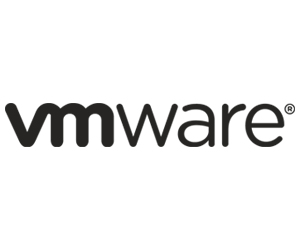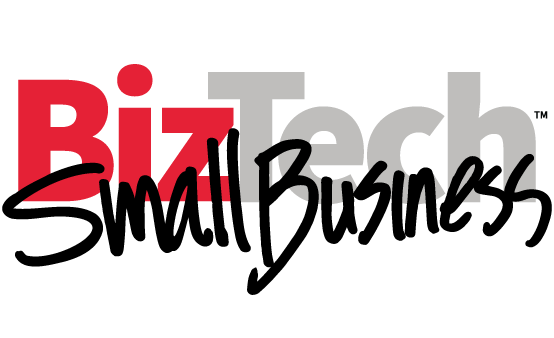In a world where devices are complex to manage at scale and end-user upgrades may no longer be following the normal three-year cycle, desktop virtualization is a great way to keep team members up and running. This can be particularly useful when new employees are having to begin their time with a new company working remotely, perhaps even starting their new jobs on their personal laptops.
However, managing a virtual desktop infrastructure within your organization can be complex — especially at a time when rapid rollouts are key. Fortunately, the “as a service” model seems to be making its way to desktop virtualization.
What Is Desktop as a Service?
Desktop as a Service, or DaaS, is a cloud-based service that allows full virtual desktops to be distributed through cloud providers such as VMware.
Unlike VDI, which relies on a centralized server to manage remote desktops, DaaS is sold on demand through a cloud-based virtual host, which has the potential of offering the same kinds of benefits other cloud-based Software as a Service options can offer.
DISCOVER: Learn more about how desktop as a service can empower a remote workforce.
A major benefit of the DaaS approach for IT departments is that it allows tech teams to focus less on the management and deployment of virtual resources, which can be handed off to a third-party vendor in the same way SaaS offerings are, and more on creating a consistent, usable desktop experience. This can especially make sense when users need to access secure or sensitive materials on a personal device.
A product being offered along these lines by VMware, for example, is its Horizon DaaS platform. This is available by VMware through its Horizon Cloud service, as well as through its network of VMware cloud providers.
In a recent presentation at VMworld 2020, Sean Massey, a staff cloud solutions architect with the company, explained that this kind of solution aims to allow desktop-based environments and the applications they offer to be accessed through any device, any application or any cloud environment and spun up on demand.
“Today’s world requires flexibility. Businesses need the ability to support work-from-home initiatives and spin up capacity,” Massey said. “We see this reflected in today's market with COVID driving work-from-home initiatives in many countries across the globe.”
The Factors Driving DaaS’ Growth
While VDI-based solutions remain the most common approach for desktop-based virtualization in many environments, the growth of cloud computing is helping to drive its use in mainstream contexts, such as end-user computing.
According to a recent report from the Enterprise Strategy Group, two factors often drive a push to virtualization: operational factors such as software licensing and procurement, and improved security offered by virtual environments. The group notes that 79 percent of respondents found alternative desktop delivery models were more secure than other options.
The ESG report found that while VDI has been traditionally more widely used by organizations (with around 40 percent of respondents using it), DaaS has been catching up — in part because of its perceived benefits for rollout along with the growing use of cloud software.
“Desktop as a Service allows customers to break away from the traditional desktop management practices,” said O’Brien Merrill, a VMware senior EUC cloud solutions engineer, in the VMworld 2020 session. “Customers can now manage what’s in the desktop once, installing all applications and patches into the gold image.”
DaaS vs. VDI: Challenges and Considerations
While the benefits of DaaS are strong — often bringing lower operational expenses, more security and easier end-user support — there are some questions IT departments should ask to determine which approach is right.
In many ways, VDI and DaaS are evenly matched, according to ESG’s report, but there are some differences: VDI was favored by survey respondents for data sovereignty, uptime and for extending the value of end-user hardware. DaaS, meanwhile, was seen as the best choice for shifting teams to an alternate operating system, delivering solutions to a large number of end users and supporting new applications during a merger or acquisition. The report notes that even despite these areas of strength, the difference isn’t dramatic.
“Each of the delivery models is equally positioned to deliver the potential value that businesses are looking to achieve across these outcomes,” the authors write.
Another thing worth keeping in mind is how your organization might roll out a DaaS solution. VMware’s Horizon Cloud, for example, can be added to Microsoft Azure or IBM Cloud, potentially with the help of an external provider.
However, if your organization is working with limited in-house server resources or needs to roll out a virtual desktop infrastructure quickly, DaaS carries many of the same benefits of cloud services in general.
It may be the thing that can help turn the rapid rollout of secure infrastructure into a reality.
Brought to you by:













